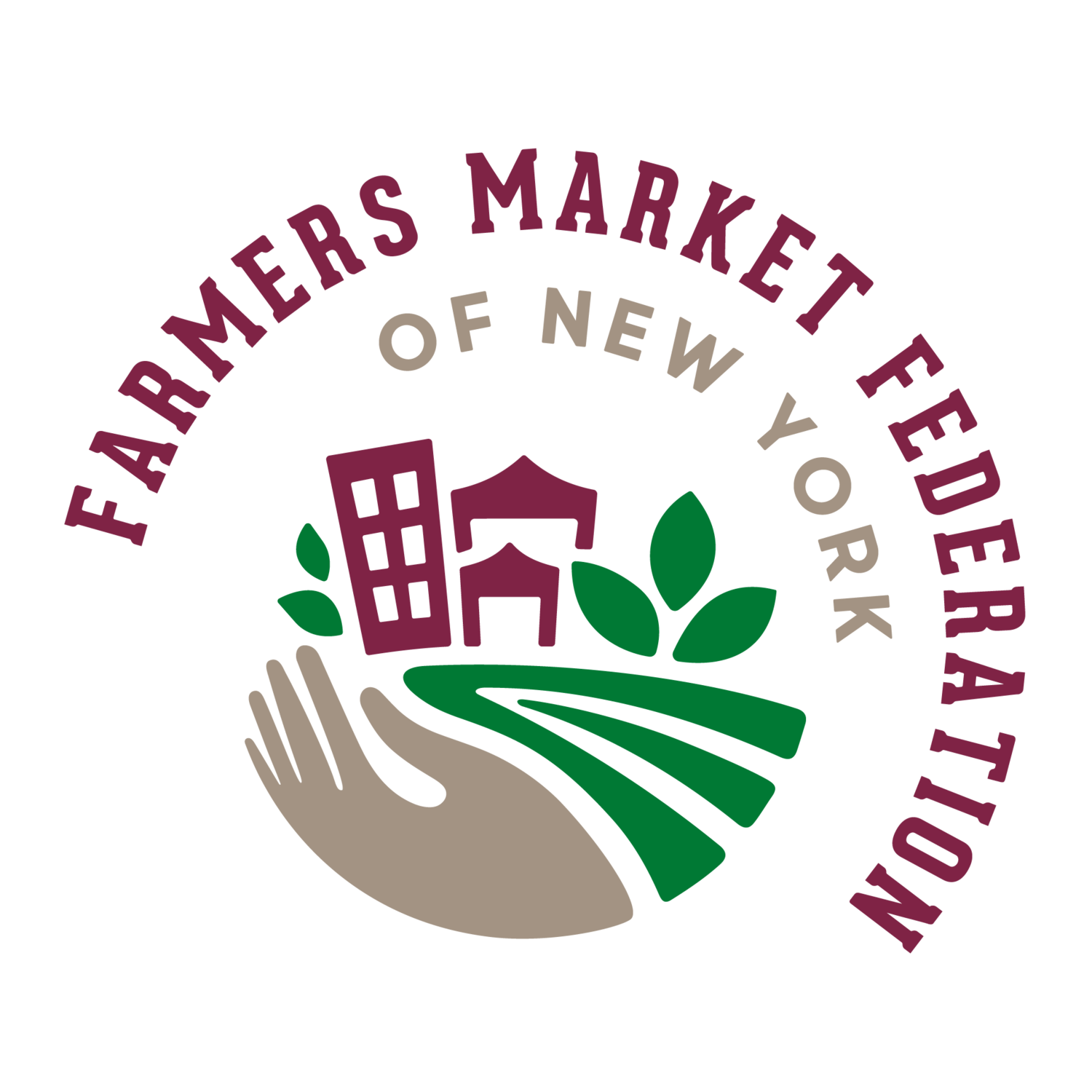Farmers Market Managers Virtual Conference 2021 to highlight adapting Markets in our newly changed environment.
2020 showed us the dynamic resilience of Farmers Markets and their operators to restructure, redesign, and renovate for safely providing delivery of locally grown nutritious food for their customers. The 2021 NYS Farmers Market Managers Conference will highlight lessons learned through the 2020 season by looking at best practices and expand upon how markets can be reimagined as agents of change for future challenges while continuing to create successful marketplaces.
Three featured conference sessions to look forward to are the following:
ADA Requirements and Farmers Markets
We welcome guest speaker Stephanie Woodward, an attorney and disability rights advocate. Stephanie will help markets better understand the needs of the disabled community, ADA legal requirements, and how to improve market access and the market experience. She will talk about service animals, what is allowed, what is required, and how we navigate through the process. She will also highlight the issue of mask-wearing mandates – what are everyone’s rights and how to best protect everyone.
De-escalating Contentious Situations at Markets - Skills for resolving conflicts
Will Nassau is a de-escalation negotiator with Nassau Facilitation Services. Will’s presentation will help us to better resolve issues that have the potential to blow up on us – customers who refuse to follow rules, vendors that feel entitled. By using real-life examples, Will uses an interactive technique with the audience to learn to understand the behavior and diffuse the conflict before it gets out of hand.
Undoing Racism at Our Farmers Markets
Taisy Conk, Program Director of Community Food Action, and Iyeshima Harris, Project Director of East New York Farms will lead this session which focuses on how markets can develop strategies to reflect ethnic and diverse communities. This interactive workshop will provide a space to discuss how race and racism affect farmers markets’ staff, customers, and vendors. The facilitators and participants will share challenges, practices, and successes in building more just and equitable markets.
The conference will also feature interactive networking opportunities to allow managers to share experiences, ideas, and challenges; a virtual tour of the Kriemhild Dairy farm, built-in fatigue breaks, and a virtual Happy Hour hosted by Jim Farr of the Rochester Public Market and featuring John Urlaub, owner of the Rohrbach Brewing Company in Rochester, NY. Together they will lead us to celebrate farmers markets and a successful conference.
You can view the full agenda here
The conference registration fee of $50 per person will cover the full conference, including access to presentation documents and recordings. Register now for the 2021 Farmers Market Managers Conference: “Reimagining Markets for a Brand New World”. All registrations and payments will be done online through Eventbrite. Once registered, you will receive an email with your unique links to all conference sessions.
For more information, contact the Farmers Market Federation of NY at deggert@nyfarmersmarket.com or call 315-400-1447.


